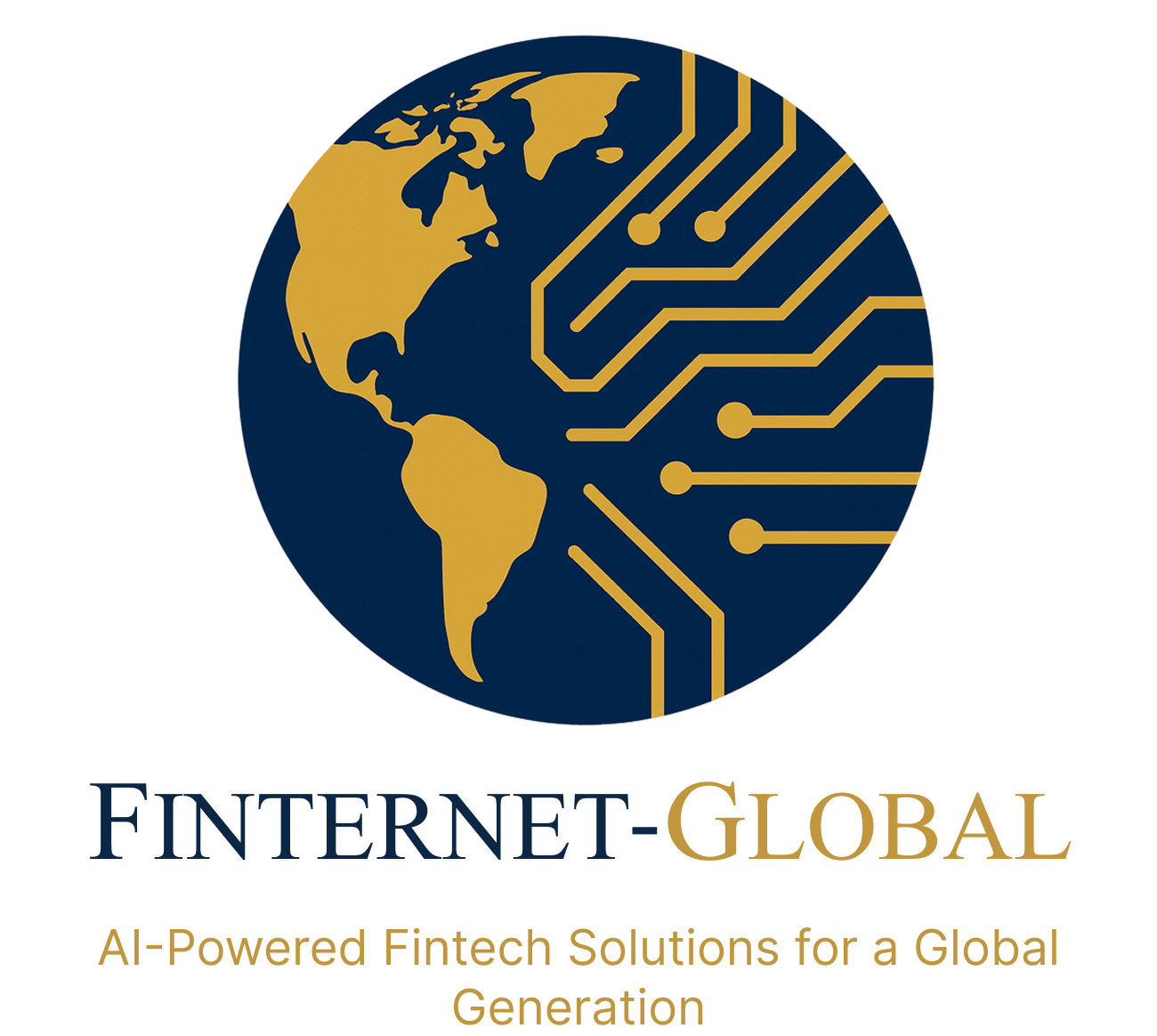Trust is the foundation of finance. Whether it’s sending money abroad, applying for a loan, or simply paying for a coffee, every transaction relies on the assumption that the system is secure, transparent, and fair. Yet, traditional financial systems have long been plagued by inefficiencies, hidden costs, and a lack of transparency. This is where blockchain steps in—not just as a buzzword, but as a technology with the power to rebuild trust in finance.
The Problem with Trust in Traditional Finance
For decades, financial institutions have acted as the middlemen of trust. Banks, clearinghouses, and regulators ensure transactions are processed, recorded, and audited. But this reliance on centralized entities comes with challenges:
- Opaque processes: Customers rarely see what happens behind the scenes.
- High costs: Intermediaries often add fees to cover their role in maintaining trust.
- Vulnerability: Centralized systems can be targets for fraud or data breaches. This model has worked,but not without leaving people questioning whether the system truly serves everyone equally.
How Blockchain Reinforces Trust
Blockchain technology changes the trust equation. Instead of relying on intermediaries, it distributes trust across a network. Here’s how it works:
- Transparency: Every transaction is recorded on a public (or permissioned) ledger, visible to all participants.
- Immutability: Once a transaction is added, it cannot be altered or deleted, reducing fraud risks.
- Decentralization: No single authority controls the ledger, making the system more resilient to manipulation or failure.
- Smart Contracts: Automated agreements ensure rules are enforced without human intervention.
These features don’t just improve efficiency regardless they provide a level of openness and security that traditional systems struggle to match.
Real-World Applications in Finance

Blockchain is no longer theoretical. Across the financial world, we’re seeing practical use cases:
- Cross-border payments: Faster, cheaper, and more transparent international money transfers.
- Digital identity: Secure, blockchain-based IDs that reduce fraud and streamline verification.
- Lending and credit: Smart contracts automate lending, ensuring fairness and reducing delays.
- Asset tokenization: Real-world assets like property or bonds can be digitized, making them more accessible and tradable.
These innovations don’t just make transactions smoother; they empower individuals and businesses to engage in finance with greater confidence.
A Future of Trust by Design
Blockchain won’t replace every part of the financial system overnight, nor should it. But it offers a blueprint for a financial ecosystem where transparency is built in, security is uncompromising, and trust isn’t an afterthought; it’s the foundation. As fintech companies, financial institutions, and regulators explore blockchain, one thing is clear: trust in finance can be rebuilt not through promises, but through technology that makes those promises unbreakable.










